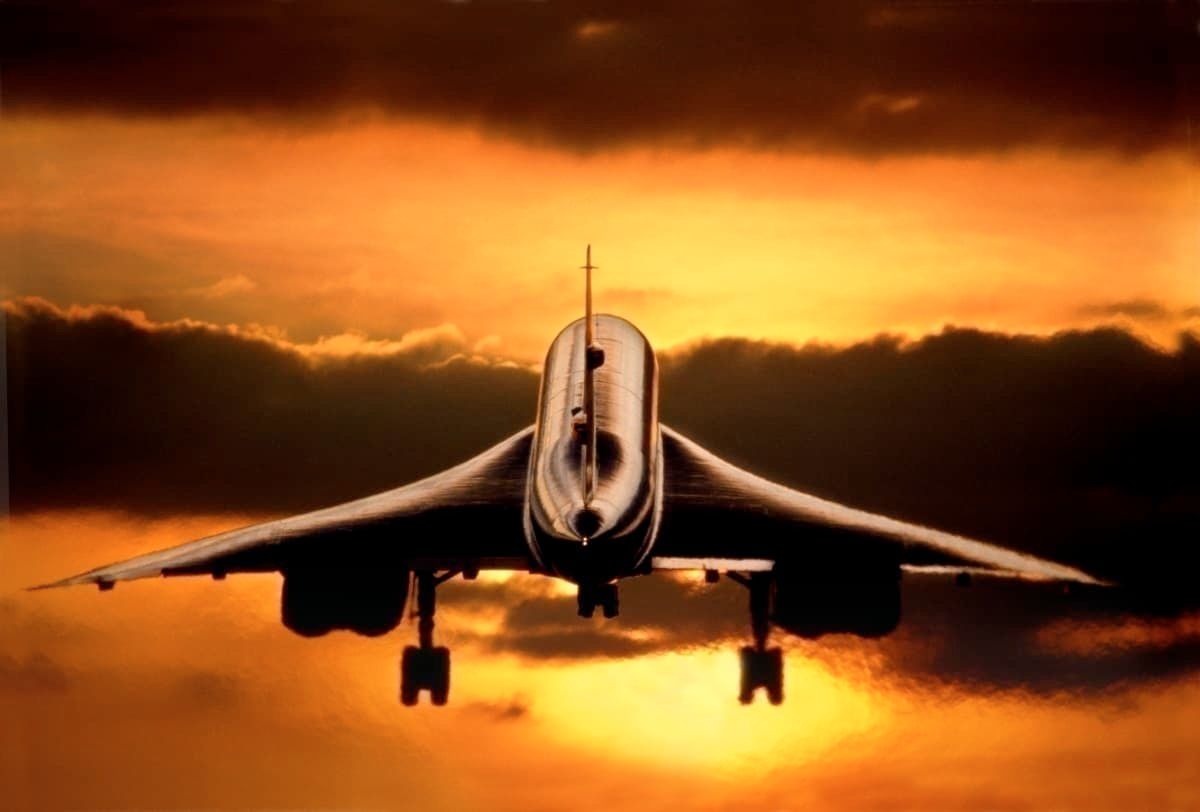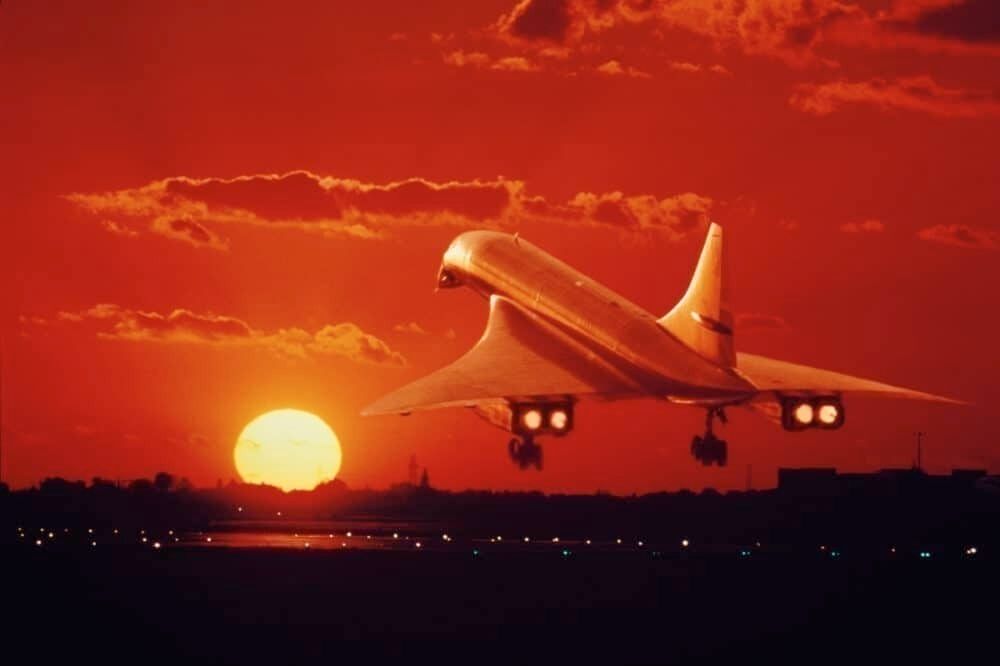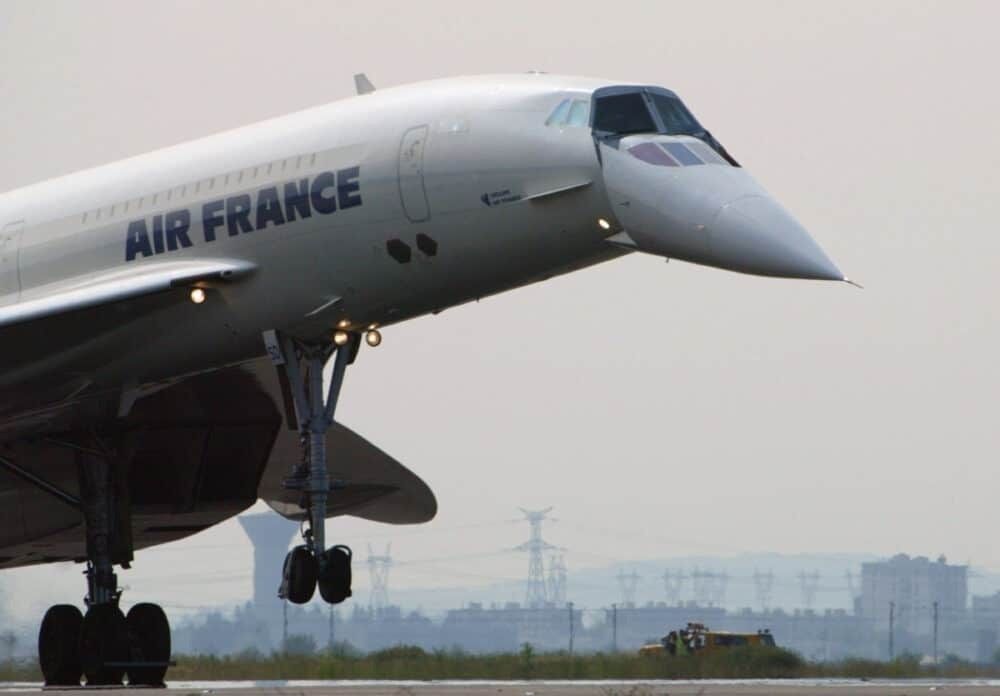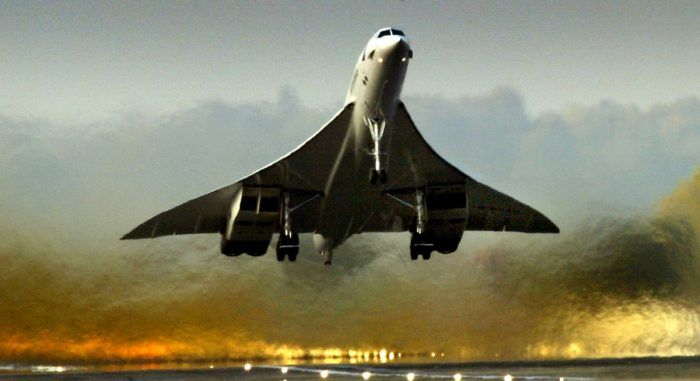Despite being the world’s first and only mass supersonic transport (MST), the Concorde was retired less than three decades after its first flight. Spiraling maintenance costs, a downturn in travel demand, and incident after incident meant both airlines and passengers lost confidence in the aircraft, sealing its fate. But why did Air France pull the type from its fleet several months before British Airways?
A rapid retirement
It was three years after the tragic crash of Air France flight 4590 that the world’s only supersonic passenger jet touched down for the last time. On July 25th, 2000, Concorde hit debris on departure from Paris’ Charles de Gaulle airport. A fragment of metal strip that had been left by another plane punctured the aircraft’s tire, which exploded and hit the fuel tank, causing a devastating fire.
However, it wasn’t entirely the crash that caused the early retirement of the Concorde. After the accident, all models had been grounded for around a year, during which time new safety measures were introduced. These included Kevlar lined fuel tanks and improved electronic controls.
When the aircraft returned to service, its timing couldn’t have been worse. By pure coincidence, the very first Concorde to undertake an Operational Assessment flight since being given back its Certificate of Airworthiness, G-BOAF, took place on September 11th, 2001, landing just hours before the attacks on the World Trade Center.
9/11 had quashed the desire to travel by plane. This, combined with the inefficiencies of operating the Concorde and spiraling maintenance costs for the aircraft, led to the joint announcement by British Airways and Air France on April 10th, 2003 that the Concorde would retire that year.
Air France withdrew the Concorde on June 27th, while British Airways continued to operate it until October 24th. Why did Air France remove it first?
Air France’s problems with the Concorde
Ignoring the fatal crash of 2000, Air France didn’t have a good time with the Concorde after it returned to service. Commercial services had restarted on the November 7th, 2001, but the aircraft was plagued with issues.
In November 2002, an engine failure on an Air France Concorde forced the plane to drop to subsonic speed and descend rapidly 22,000 feet. Passengers reported that the speed of the descent sent crockery smashing into the aisles on the plane.
On February 18th, 2003, an Air France Concorde, registered F-BTSD, was forced to divert to Halifax, Nova Scotia, after a fuel leak on the number 3 engine meant it had to be shut down. The aircraft landed with barely any fuel remaining.
A week later, and Air France Concorde suffered a rudder delamination. Two parts of the rudder were found to be missing on F-BVFA. It was the first time Air France had experienced this rudder issue, although British Airways had had five rudder failures by now.
While Air France’s issues weren’t any worse than British Airways’, the rapid succession of problem after problem served to be the final nail in the coffin that saw their fleet retired months before British Airways’.
Cost was the deciding factor
Air France had suffered very bad load factors on the Concorde. The plane was expensive to operate, guzzling jet fuel at an unprecedented rate. The downturn in travel demand following 9/11 stunted the opportunity to sell tickets, and the airline was operating almost every flight at a loss.
As such, the decision was taken to withdraw the type even before the summer season was over. For Air France, the Concorde was a big money pit and had to be put out to pasture rapidly to stem the losses the airline was making.




